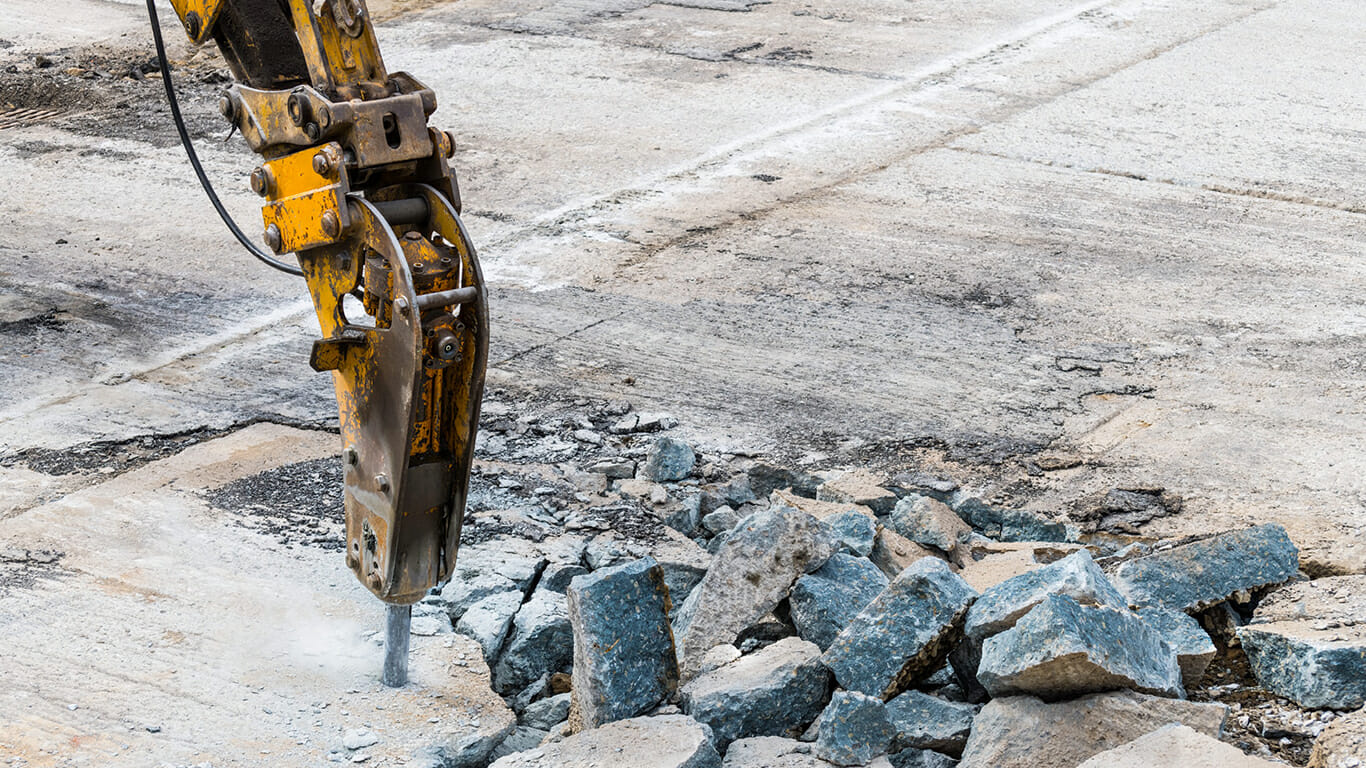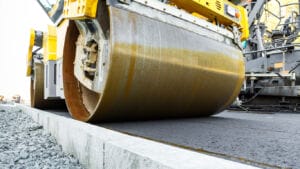The strength of rebar and concrete construction has led to its popularity in various infrastructures ranging from storefronts to residences. Crushers are invaluable tools in the hands of demolition contractors to transform demolition waste into valuable end produce. Selecting the proper crushing and screening equipment for your project is crucial for efficiency and cost-effectiveness. Here are some factors to consider when purchasing such equipment:
Feed Material Type and Size:
- Determine if the machine processes only concrete or other materials as well.
- Establish the maximum safe and cost-effective feed size before choosing the right concrete crusher for you.
Operation Period:
- Long construction periods with concentrated crushed stone favor fixed joint crushing and screening equipment.
- Short construction periods with scattered crushed stone benefit from mobile combined equipment, especially for linear projects like highways.
Output Size:
- Output size determines the range of products achievable from the crusher.
- Jaw crushers yield coarse 3″ – 8″ minus, while closed-circuit impactors create ¾” minus or smaller sizes.
Stone Material Specifications:
- Use stone jaw crushers for large-sized stone materials as primary crushers.
- Strict size requirements call for joint crushing and screening equipment such as jaw crushers, cone crushers, impact crushers, or hammer crushers with matching screening units.
Production Rates:
- Different machines have varied productivity rates, usually measured in tons per hour.
- Verify actual production rates from users instead of relying solely on brochure claims.
Equipment Compatibility:
- Ensure the introduced equipment aligns with the project’s needs.
- Consider compatibility within the machine group and how it impacts devices like loaders and dumpers.
Nature of Stone Materials:
- Select jaw crushers that last for hard or medium-hard stones and cone crushers, impact crushers, or hammer crushers for soft stones.
Reduction Ratio:
- Jaw and cone crushers offer a 4:1 – 8:1 reduction ratio, while horizontal shaft impactors provide up to a 15:1 reduction ratio.
Installation Site:
- Site slope affects earthwork and equipment installation.
- Consider feeding machine drop height, equipment installation floor shape, and available space.
Site Range:
- Determine site range based on equipment, feed/discharge ports, product storage, generator room, living facilities, etc.
Equipment Size:
- Evaluate dimensions for storage and transportation options.
- Consider weight and size restrictions in the intended region.
Foundation and Pillar:
- Account for supporting methods, installation difficulty, and steel/concrete construction requirements.
- Movable steel structures suit projects with scattered stone materials.
Specification Comparisons:
- Use spreadsheets to compare specifications of similar crusher brands.
- Look beyond the initial purchase price and focus on essential specifications.
Maintainability of Equipment:
- Evaluate maintenance accessibility, part interchangeability, and error-proof maintenance design.
- Ensure ease of disassembly and installation, reliable supply of spare parts, and availability of special tools.
Dealer Support:
- A reliable dealer is crucial for equipment support.
- Visit the dealer’s office and facility to gauge professionalism, spare parts availability, and customer feedback.
- Connect with existing customers who have used the same machine to gain valuable insights.
Conclusion
The selection of crushing and screening equipment plays a pivotal role in the success of construction, demolition, recycling, and mining projects. Given the wide range of applications, making informed decisions when acquiring this machinery is essential.




